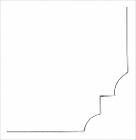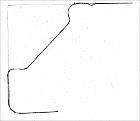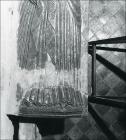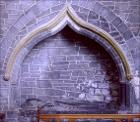Gothic Past: Moulding profiles(Digital Image Collection)
Browse by
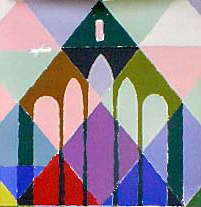
During the Middle Ages mouldings of varying degrees of elaboration were applied to the salient parts of a building in order to provide emphasis through the play of light and shade. Throughout the period moulding formations developed in a relatively consistent manner, whereby combinations of different moulding elements, forming a set 'grammar', passed in and out of fashion. The evolutionary manner in which medieval architectural mouldings developed theoretically enables modern scholars to gauge both a rough date of construction for an otherwise un-dateable building, and to establish building chronologies within individual structures. Furthermore, as individual masons or schools of masons originally designed each moulding formation, mouldings also have the potential to reveal personal styles and thus provide information on the work patterns of specific individuals or groups of individuals.
All material is protected by copyright and other intellectual property rights, and duplication or sale of all or part of any of the Data Collections is not permitted, except that material may be duplicated by you for your research use or educational purposes in electronic or print form. You must obtain permission for any other use. Electronic or print copies may not be offered, whether for sale or otherwise to anyone who is not an authorised user. Further information: triarc@tcd.ie




